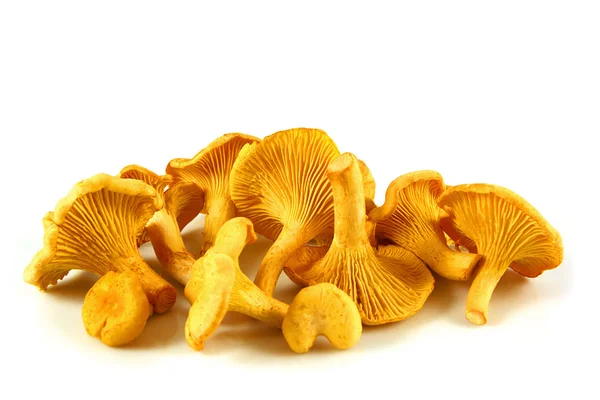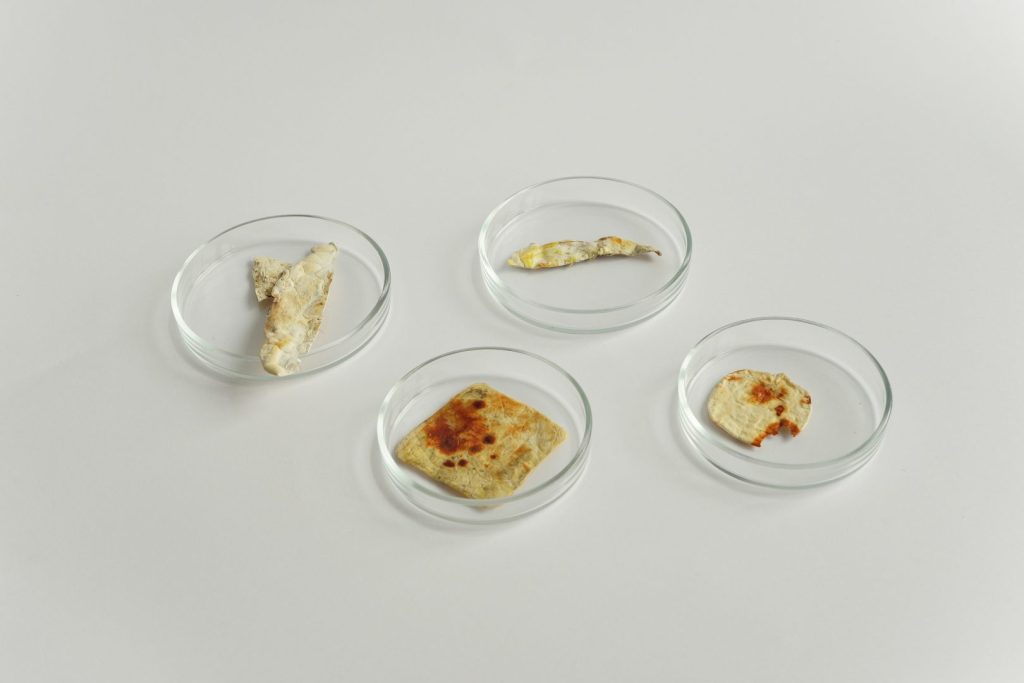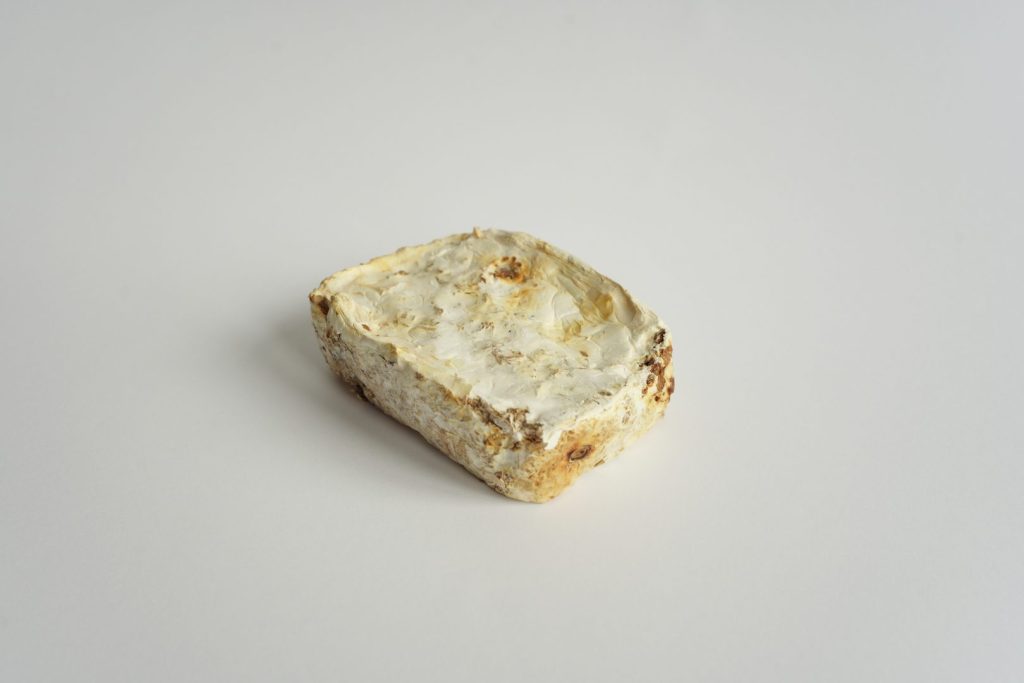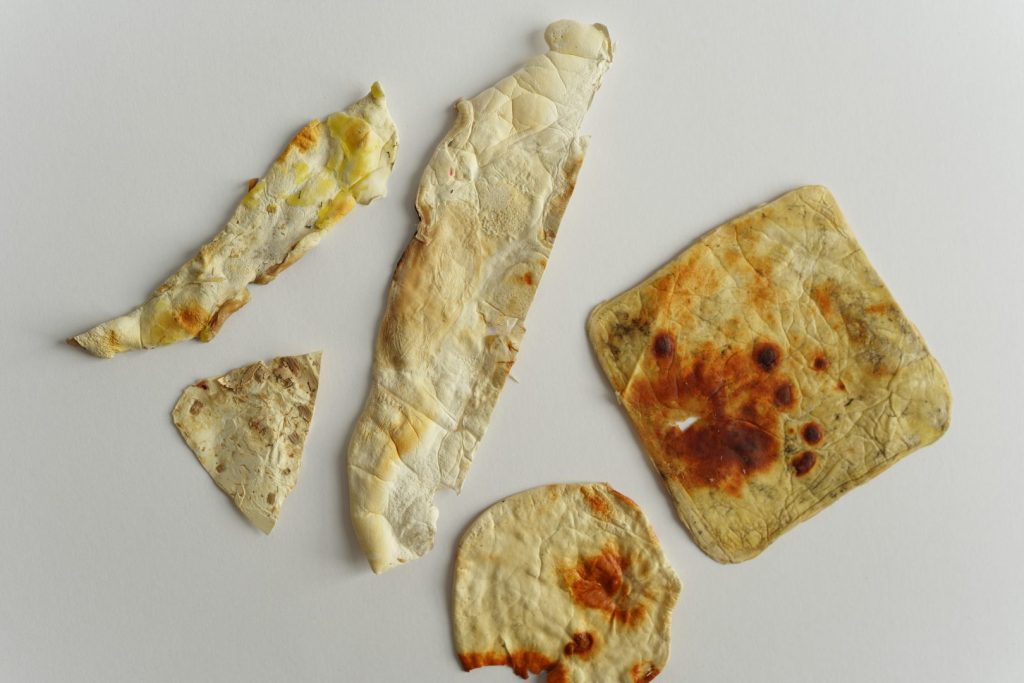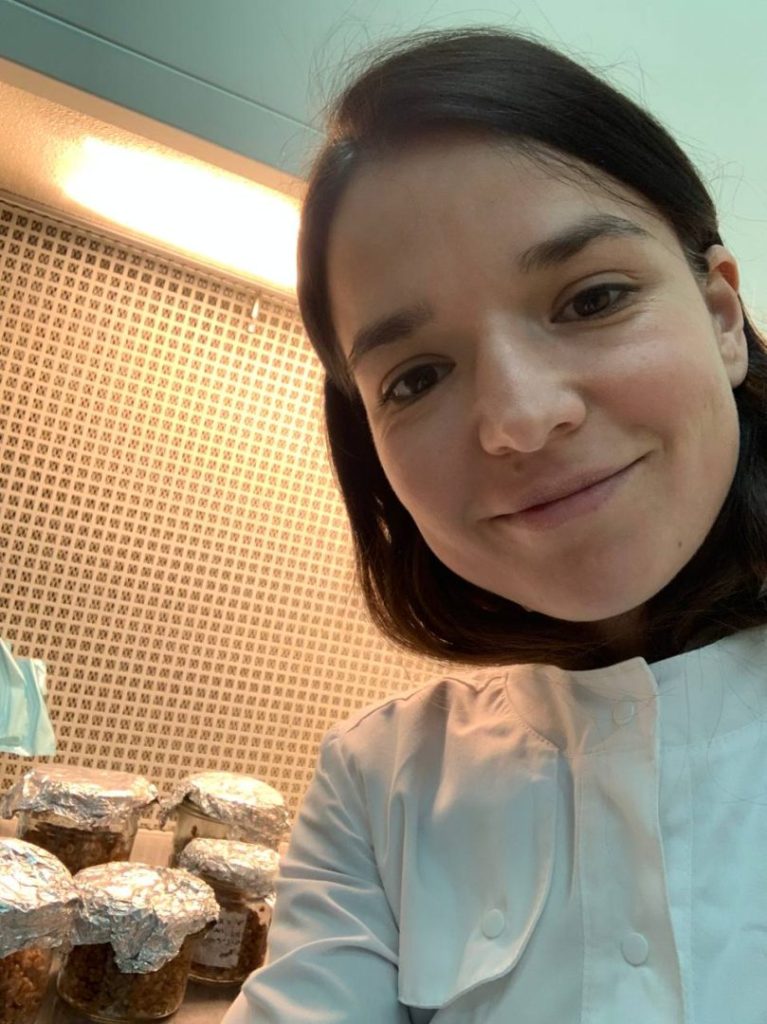
Create leather clothes not from animals, but from mushrooms! Such an idea was proposed for the first time in Ukraine by Marta Kondryn, a leather manufacturer from Ivano-Frankivsk. Marta became the winner of the “Talents for Ukraine” grant program from the KSE Foundation and received $5,000 for development – and we share her story with you.
The production of genuine leather is not only cruel, but also a dangerous process. During the processing cycle, the atmosphere and wastewater are polluted with acids and sulfates, and workers in leather factories are at increased risk of cancer.
Instead, leather from mycelium (fungal roots) is a completely ecological alternative not only to the harmful production of natural leather, but also to synthetic substitutes.
In our interview, Marta talked about what inspired her to develop and the future of mycoleather in Ukraine and the world.
Submit an application for the “Talents for Ukraine” grant program
What is “mycoleather” and how does it differ from the real one?
This is the leather of mushroom mycelium – the roots of mushrooms that have a network structure. If you look under a microscope, the white webs of the mushroom root look very similar to the fibers of natural leather. According to these characteristics, mycelium is more similar to natural leather than ordinary synthetic eco-leather. But the strength of the material is something that still needs to be worked on, although the prospects here are very great.
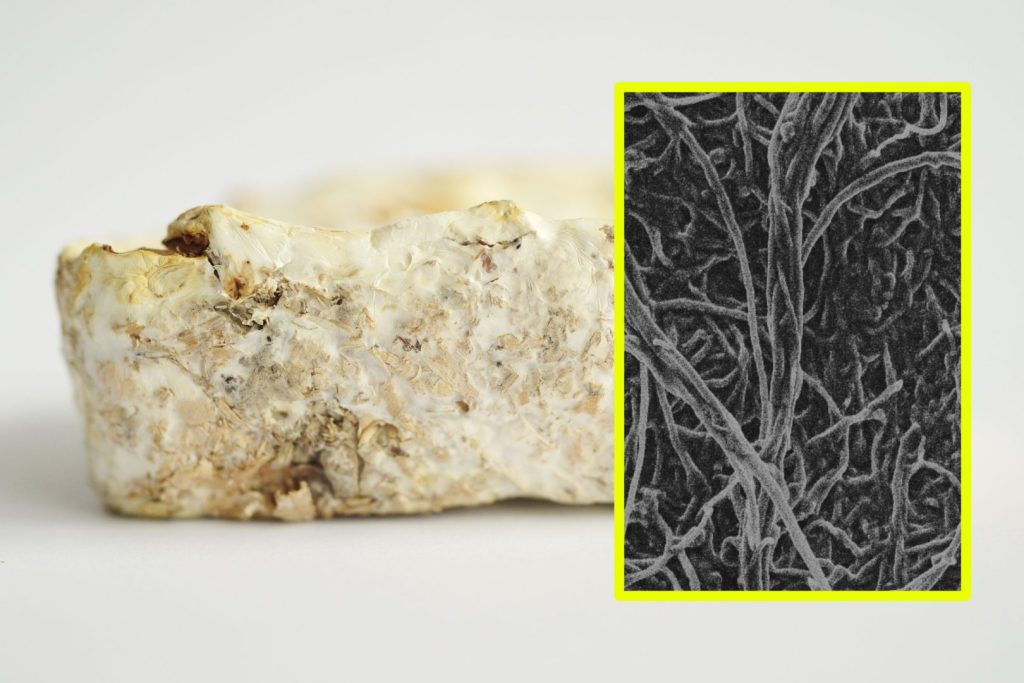
How is the production process?
Such leather is grown. Therefore, the most important part of the production is to create the necessary conditions for the growth of mycelium, besides, not all mushrooms are suitable: most often we use the type of Reishi mushroom (Ganoderma lucidum), and mushrooms that grow on trees and rocks. That is why the cycle is long enough – it can take one month to get a piece of such material. The production does not require a lot of water and chemical harmful substances, which are required for the production of ordinary leather. Instead, we grow mycelium on various waste products – sawdust, coffee grounds, straw.
But the main thing, of course, is the team. A grant of $5,000 from the KSE Foundation allows us to pay salaries and continue working on the development of mycoleather – biotechnologist Oleh Leshchak is a co-founder of the “Micelia Tech” startup with me, and we also have a laboratory assistant, a marketer in our team. I am very grateful that I have the opportunity to work in this direction despite the war thanks to the grant support and protection of the Armed Forces of Ukraine.
Tell us about your impressions of participating in the “Talents for Ukraine” grant program
The maximally non-bureaucratic process is amazing. Other grant programs are complex reports and submissions. Everything worked out easily here. It all depends on how you describe the idea, whether you believe in it or not. I even recommend it to my friends and acquaintances, because everything is true.
Where will it be possible to use leather from mushrooms in the future?
Mycoleather is an ecological biomaterial with a very large application potential. It is not only a direct alternative to natural leather for the production of clothes, bags or shoes, but also vases, pots, packaging material, even bricks – the characteristics of the material can be changed depending on the production technology. We are currently working on improving the process.
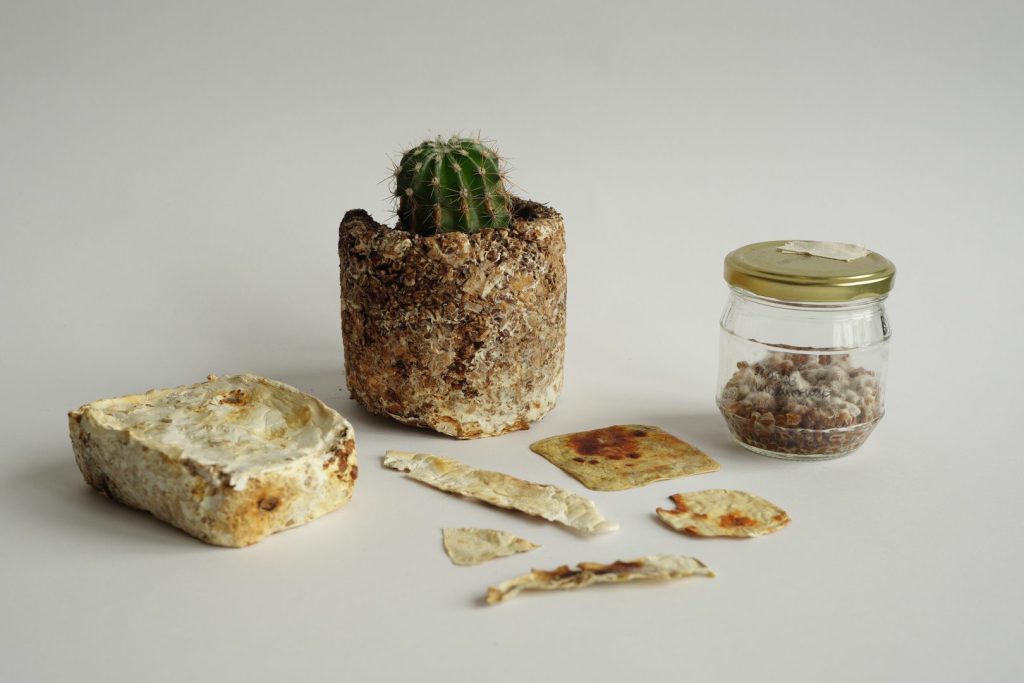
When and how came the idea of creating mycoleather?
I have been harboring this idea for years, I have read a lot on this topic. This material is actually the future of everything, although at first I didn’t fully believe that it was possible. When the full-scale war began, I had a reassessment of my life. I realized that I no longer want to postpone my dreams and ideas for later. It was a very big sign that I should do it and not wait. Then I met Oleh Leshchak – he worked with mushrooms, told me a lot and gave me advice.
What inspired you?
I traveled a lot in Southeast Asia, even lived in Malaysia for 8 years. During one such trip to Indonesia, I met the founders of a startup that made things from mushroom mycelium. They started by growing mushrooms and supplying them to restaurants in Indonesia, they did this for 10 years, and then they started making materials from mushrooms. I admire these people, they are very open, and I was inspired by their work. So the practice of creating leather from mycelium exists in the world, and even world-famous brands such as Adidas, Stella McCartney and Gucci have started in this direction.
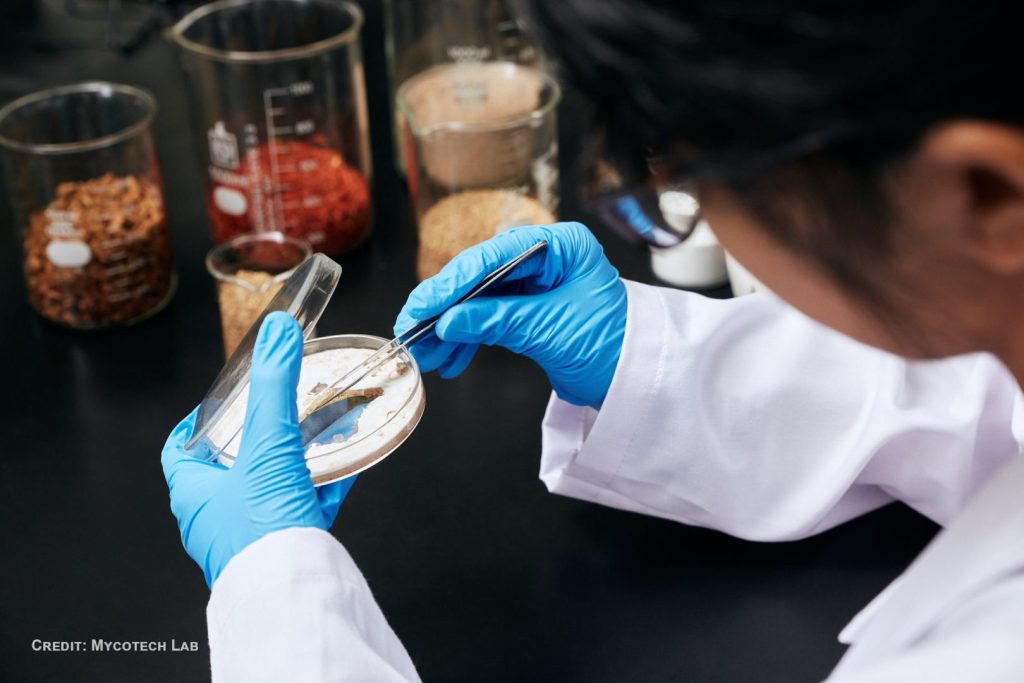
What did you do before you started working with mycoleather?
We have a leather workshop. We have been sewing various products, accessories, bags, backpacks from genuine leather for 8 years. However, in order to create natural leather, cows are needed, and they release harmful greenhouse gas into the atmosphere. To grow a cow, you need to find a place for her pasture. For this, you need to cut down the forest. The leather industry is very harmful. People who work with leather, even in developed countries, have many cancers just because they work with chemicals during production. At the same time, many people like leather products because it is a durable material. It is pleasant to touch and smell.
That’s why we came up with the idea of producing leather from mushrooms – we want to show people that mycelium can replace real leather.
Favorite mushroom?
Сhanterelles. Their color is rich orange, they taste like meat, they are very noble and tender. And they are widespread in Ukraine, but abroad, on the contrary, I have never met.
